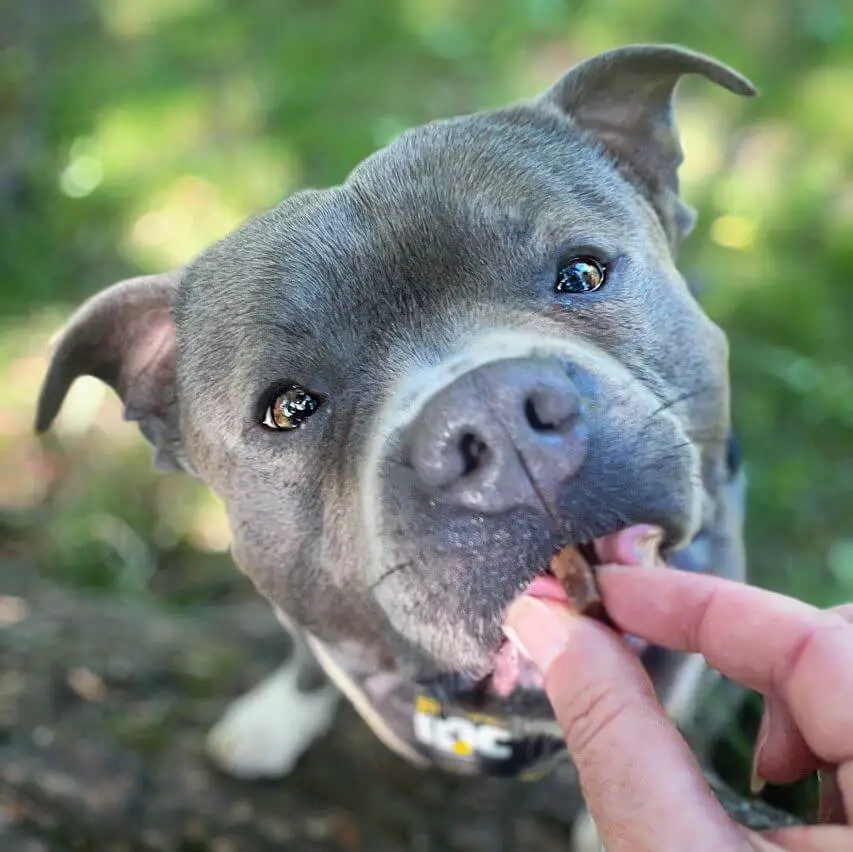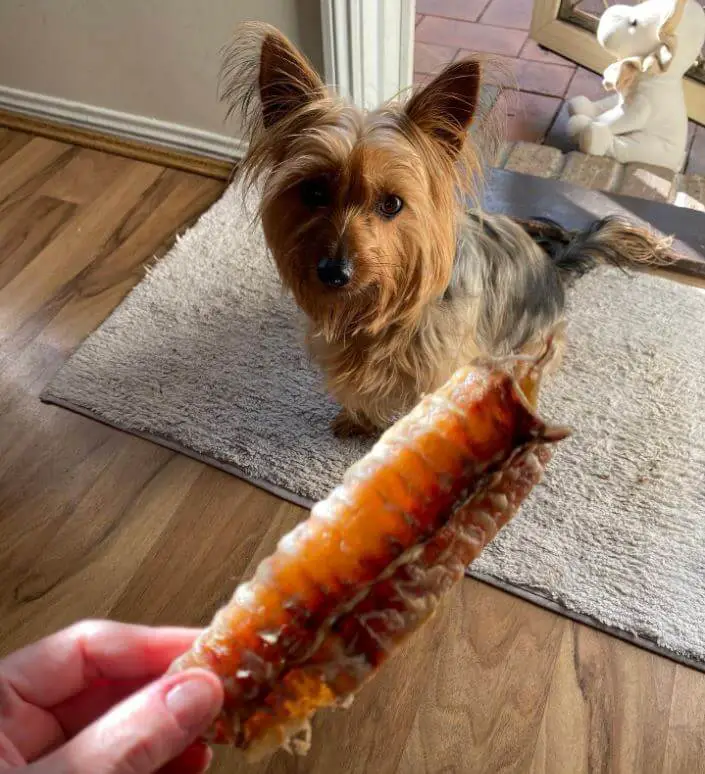Xylitol is a common sugar substitute found in many sugar-free and low-sugar products, including sugar-free gum, candies, baked goods, and even toothpaste. While it’s considered safe for human consumption and is often used as a sugar alternative, xylitol can be extremely toxic to dogs. In this article, we’ll explore what xylitol is and the severe dangers it poses to our canine companions.

Understanding Xylitol:
Xylitol is a sugar alcohol that is derived from various plants, primarily birch wood in its natural form. It’s known for its sweetness, similar to sugar, but with fewer calories. Xylitol is commonly used as a sugar substitute in many products marketed towards individuals seeking to reduce their sugar intake.
The Danger to Dogs:
While xylitol is safe for humans, it can have devastating effects on dogs when ingested, even in small quantities. The reasons behind its toxicity in dogs are as follows:
- Insulin Release: Xylitol triggers a rapid release of insulin from the pancreas in dogs. This insulin surge can lead to a severe drop in blood sugar levels, resulting in hypoglycemia. Symptoms of hypoglycemia include weakness, seizures, and even coma.
- Liver Damage: In addition to hypoglycemia, xylitol can also cause liver damage in dogs. This damage can lead to hepatic necrosis, a potentially fatal condition that affects the liver’s ability to function.

Common Xylitol-Containing Products:
Xylitol is found in various products that may be enticing to dogs. It’s essential for pet owners to be aware of these items:
- Sugar-Free Gum and Mints: Many sugar-free gum and mint brands contain xylitol as a sweetener.
- Sugar-Free Candy: Sugar-free candies, including hard candies and chocolates, often use xylitol as a sugar substitute.
- Baked Goods: Some low-sugar or sugar-free baked goods, such as cookies and muffins, may contain xylitol.
- Toothpaste: Certain toothpaste brands designed for humans may contain xylitol. Use pet-specific toothpaste for your dog’s dental care.
- Sugar-Free Peanut Butter: Some sugar-free peanut butter brands have started using xylitol as a sweetener.
Symptoms of Xylitol Poisoning in Dogs:
If your dog ingests xylitol, watch for these symptoms, which can occur within 15 to 30 minutes:
- Vomiting
- Loss of coordination
- Weakness
- Tremors or seizures
- Collapse
- Jaundice (yellowing of the eyes and gums)
Immediate Action in Case of Xylitol Ingestion:
If you suspect your dog has ingested xylitol, take these steps immediately:
- Contact Your Veterinarian: Call your vet or an emergency animal hospital for guidance. Time is crucial in cases of xylitol poisoning.
- Keep the Product: If you have the product packaging, keep it for reference. It will help your veterinarian determine the xylitol content and the potential risk to your dog.
- Do Not Induce Vomiting: Do not attempt to induce vomiting at home, as this can worsen the situation. Follow your veterinarian’s advice.

Xylitol, while safe for humans, is a hidden danger for dogs that can lead to severe health issues and even be life-threatening. To protect your canine companion, be vigilant about keeping xylitol-containing products out of reach, read product labels carefully, and seek immediate veterinary attention if you suspect xylitol ingestion. Awareness and caution can go a long way in ensuring your dog’s safety and well-being.
